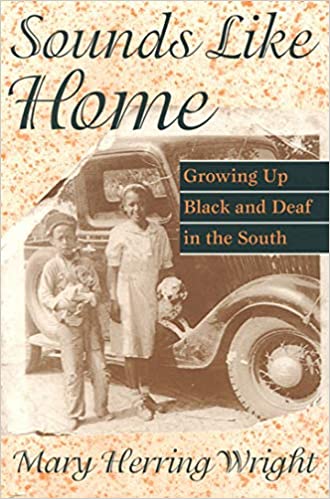Description
Mary Herring Wright’s book adds an important dimension to current literature in that it is a story about an African American deaf child. Her account is historically significant because it provides valuable descriptive information about the faculty and staff of the residential school for Black deaf and blind students she attended. She writes from a unique perspective because she was both a student and a student teacher. This engrossing narrative details the school’s curriculum, which included a week-long Black History celebration where students learned about important Black figures such as Madame Walker, Paul Laurence Dunbar, and George Washington Carver. It also describes the physical facilities as well as the changes in those facilities over the years. Also, the story occurs during two major events in American history, the Depression and World War II. Wright’s account is one of enduring faith, perseverance, and optimism. Her keen observations will serve as a source of inspiration for others who are challenged in their own ways by life’s obstacles.
Gallaudet University Press
 Official Government Website
Official Government Website
